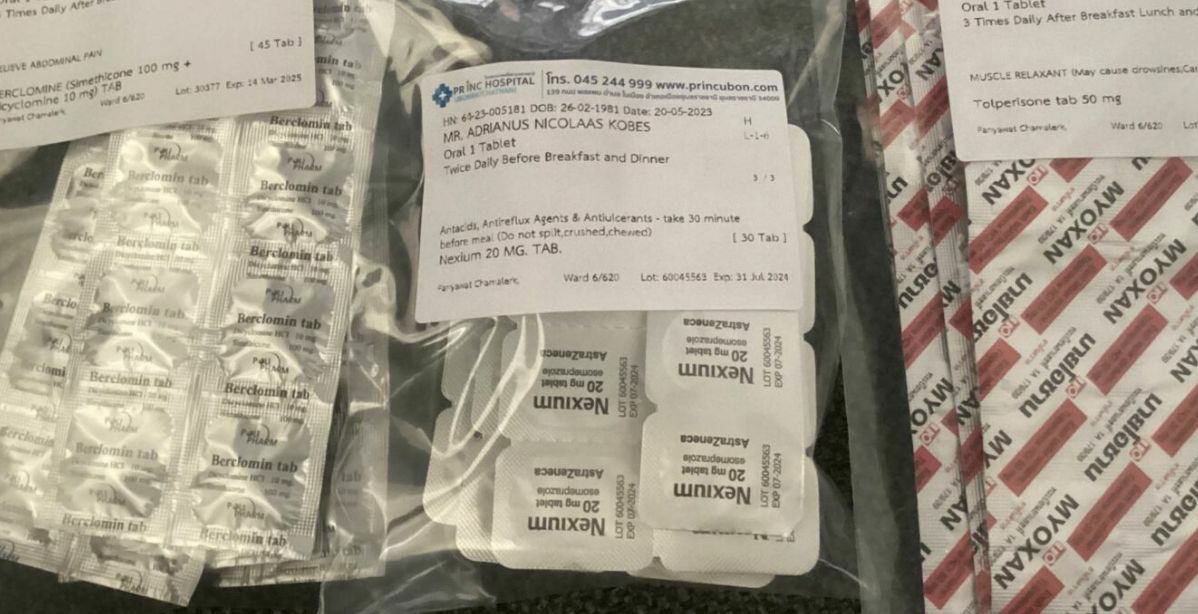Thai hospital misdiagnoses man’s gallstone condition, quick intervention saves health

A 42 year old expatriate named Nick reached out for help on May 21 after being discharged from the hospital without a clear diagnosis of his abdominal pain.
He had been experiencing discomfort in his right lower abdomen and an ache in his left lower chest that radiated into his back and upper abdomen. Nick had been unwell for two weeks before being admitted to the hospital, where he underwent a series of tests and was prescribed medication for stomach spasms and irritable bowel syndrome.
Nick’s test results indicated that he had raised bilirubin levels and liver damage, as well as an abnormal white cell count, suggesting inflammation or infection. The ultrasound and CT scans revealed multiple gallstones, while the colonoscopy showed mild colonic diverticulosis. Despite these findings, Nick was discharged without a definitive diagnosis, leaving him feeling unsettled and disappointed.
Upon reviewing Nick’s case, it was determined that the medication prescribed to him was insufficient to address the root cause of his pain. Nick was advised to have his gallbladder removed immediately, as the obstruction caused by his gallstones was likely the source of his discomfort.
The gallbladder, a hollow pear-shaped organ, contracts to push bile salts into the cystic duct and beyond when fat is ingested. Gallstones of 7-8mm in diameter are potentially dangerous, as they can obstruct the cystic duct when the gallbladder contracts, leading to inflammation and cholecystitis. Obstruction of the common bile duct can cause ascending cholangitis, which damages the liver, while obstruction of the lower common bile duct can result in pancreatitis.
Nick met with a surgeon on May 23, who was initially reluctant to remove his gallbladder. After explaining the severity of Nick’s condition and the potential consequences of not addressing it, the surgeon agreed to perform laparoscopic removal of the gallbladder and investigate the cause of Nick’s lower abdominal pain. The operation took place on May 24 and was successful in removing the gallbladder and gallstones. The surgeon also discovered and released post-appendectomy adhesions, which were the cause of Nick’s lower abdominal pain.
Nick’s recovery was swift, and he was discharged from the hospital on May 26, feeling significantly better. A pathology report confirmed that he had been suffering from chronic cholecystitis, and a blood sample taken a week after the operation showed that his liver was recovering and his pancreas was normal. The timely intervention in Nick’s case prevented him from experiencing years of chronic pain and ill health, making it a well-informed decision.
Latest Thailand News
Follow The Thaiger on Google News:


























